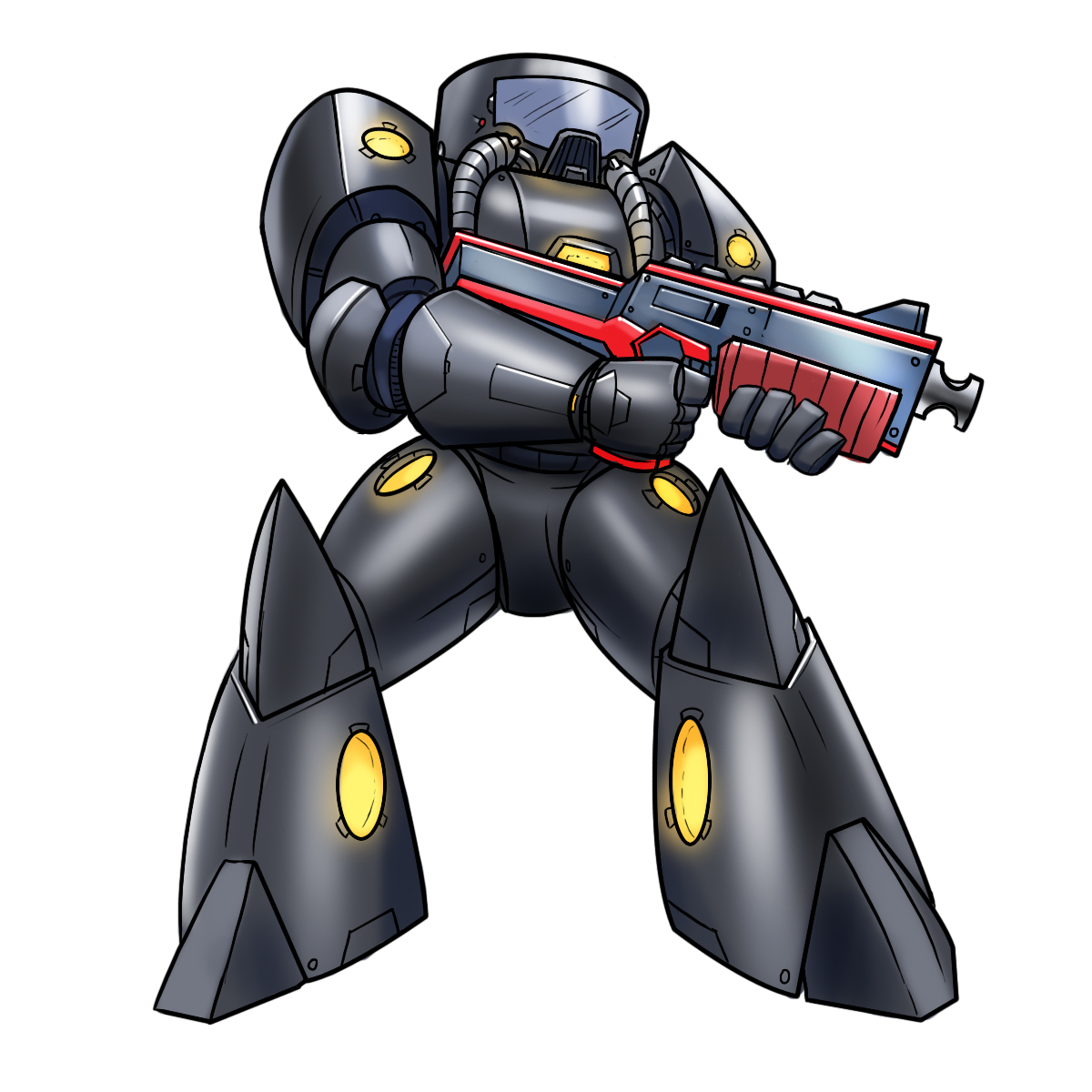Changing Situation Table
| 1d8 | What happens |
| 1 | Escalate |
| 2 | Reverse Reward |
| 3 | Wipes Clean |
| 4 | Changes Completely |
| 5 | Setback |
| 6 | Lost Cause |
| 7 | It Worked, but… |
| 8 | Complete Escalation |
Escalations and Complete Escalations
The GM plays off the current situation, but makes it harder. Example: While the group is trying to hide from security cameras in the local spaceport, the undead release airborne mobile cameras that make hiding much harder. In a complete escalation, they situation becomes even more dangerous. Every character will now have to face an obstacle.
Reverse Reward
The exact opposite of what the player wanted to happen happens, and the GM gives the character a setback.
Wipes Clean
The situation is wiped clean of any obstacles and the GM describes a new situation with a new obstacle.
Changes Completely
What the players thought was the obstacle ended up not being anything, and a new obstacle emerges from the situation.
Setback
The player suffers a setback to his character. The player marks the setback and tells how the setback came about. For some setbacks the GM may inflict a penalty on the character’s rolls. The GM decides which one: dazed, injured, dead, undead, trapped, outed, lost, depressed, mad, wants revenge.
Lost Cause
The situation and obstacle is a lost cause. There is no way around it, so the players will have to think of a different approach.
It worked, but…
What the player wanted to happen, happens, except that the GM can modify it by describing what also went wrong, and the GM gives the player a setback.
Reward Dice
When a player does something that the GM thinks is really cool, she can give out reward dice. Any reward dice given are put into a bowl in the center of the table.
When a player thinks that another player has done something cool, he can give a single die from the bowl to that player.
When reward dice are rolled, and more than one die beats the difficultly goal of the obstacle, the players get a Reward Situation.
Rolling the Dice
When a character tries to overcome an obstacle, his player rolls dice. Start with one six sided die. If any traits, skills, or connections can help, roll its rank in dice. The goal is to roll a single die equal to or higher than the difficultly of the obstacle. The GM sets the difficultly.
Difficultly: 3 is Easy; 4 is Hard; 5 is Challenging; 6 is Severe
Before any dice are rolled, the player says what he wants to happen if he wins, and tells everyone what his character is doing to make that happen. He also decides if he wants to spend reward dice.
If won, the GM tells the players how what they wanted to happen comes true.
If lost, the GM rolls on the Changing Situation Table and describes the outcome.
Helping
A player may help another by saying what he’s doing to help out and spending a reward die.

Leave a Reply